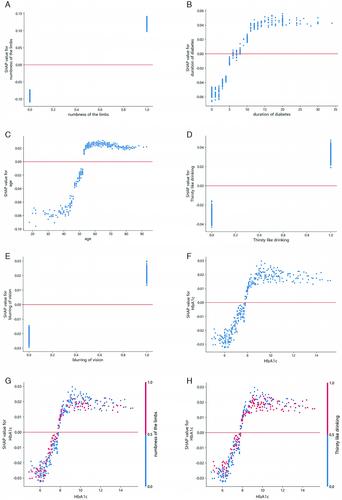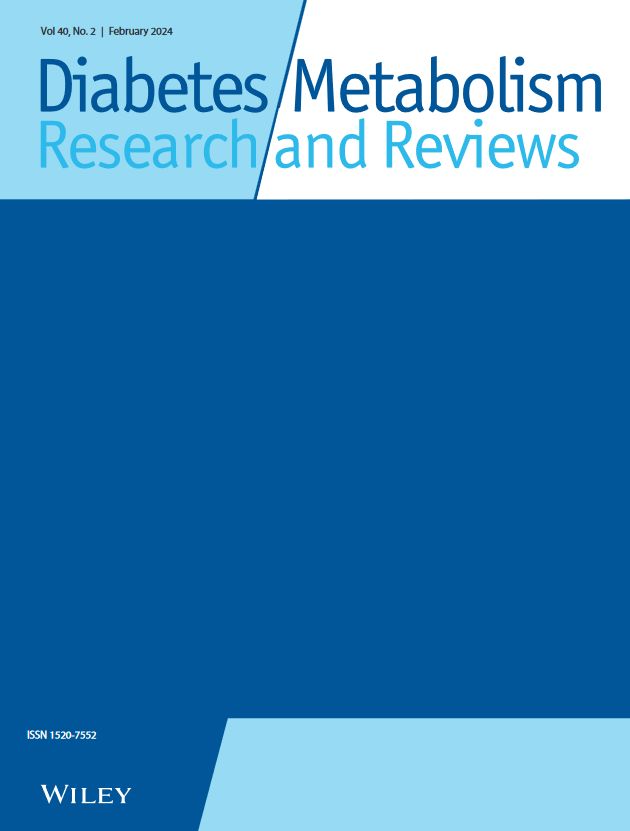Clinical studies have shown that diabetic peripheral neuropathy (DPN) has been on the rise, with most patients presenting with severe and progressive symptoms. Currently, most of the available prediction models for DPN are derived from general clinical information and laboratory indicators. Several Traditional Chinese medicine (TCM) indicators have been utilised to construct prediction models. In this study, we established a novel machine learning-based multi-featured Chinese–Western medicine-integrated prediction model for DPN using clinical features of TCM.
The clinical data of 1581 patients with Type 2 diabetes mellitus (T2DM) treated at the Department of Endocrinology of the First Affiliated Hospital of Anhui University of Chinese Medicine were collected. The data (including general information, laboratory parameters and TCM features) of 1142 patients with T2DM were selected after data cleaning. After baseline description analysis of the variables, the data were divided into training and validation sets. Four prediction models were established and their performance was evaluated using validation sets. Meanwhile, the accuracy, precision, recall, F1 score and area under the curve (AUC) of ROC were calculated using ten-fold cross-validation to further assess the performance of the models. An explanatory analysis of the results of the DPN prediction model was carried out using the SHAP framework based on machine learning-based prediction models.
Of the 1142 patients with T2DM, 681 had a comorbidity of DPN, while 461 did not. There was a significant difference between the two groups in terms of age, cause of disease, systolic pressure, HbA1c, ALT, RBC, Cr, BUN, red blood cells in the urine, glucose in the urine, and protein in the urine (p < 0.05). T2DM patients with a comorbidity of DPN exhibited diverse TCM symptoms, including limb numbness, limb pain, hypodynamia, thirst with desire for drinks, dry mouth and throat, blurred vision, gloomy complexion, and unsmooth pulse, with statistically significant differences (p < 0.05). Our results showed that the proposed multi-featured Chinese–Western medicine-integrated prediction model was superior to conventional models without characteristic TCM indicators. The model showed the best performance (accuracy = 0.8109, precision = 0.8029, recall = 0.9060, F1 score = 0.8511, and AUC = 0.9002). SHAP analysis revealed that the dominant risk factors that caused DPN were TCM symptoms (limb numbness, thirst with desire for drinks, blurred vision), age, cause of disease, and glycosylated haemoglobin. These risk factors were exerted positive effects on the DPN prediction models.
A multi-feature, Chinese–Western medicine-integrated prediction model for DPN was established and validated. The model improves early-stage identification of high-risk groups for DPN in the diagnosis and treatment of T2DM, while also providing informative support for the intelligent management of chronic conditions such as diabetes.



